I’m on a ferry travelling from one island to another to celebrate St. Patrick’s Day. No, I’m not crossing the Irish Sea from Great Britain to Ireland, but heading across the warm waters of the Caribbean from Antigua to Montserrat
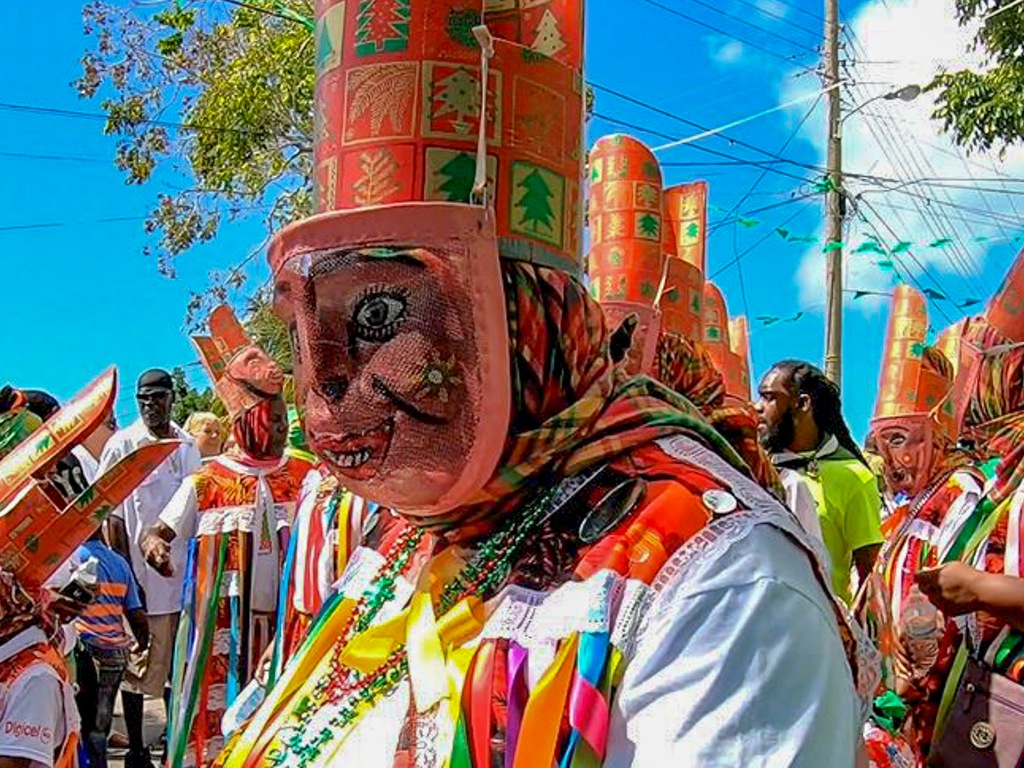
ADVENTURE BECKONS
Here at Virgin Atlantic we value everyone’s individuality, and coming from a foreign land myself, I’m always intrigued by the different cultures of the people I work with.
Back in March I had the opportunity to find out more about one of our Heathrow customer service agents, Shivonne Riley, whose beautiful smile expresses all the warmth and hospitality she inherits from her home country’s culture. We’ve worked together at the airport for the last three years and she always talks proudly of her island, Montserrat, and its fascinating history and traditions. So last month I finally took a chance to experience it in person, and made the journey from Antigua to Montserrat for St. Patrick’s Day, with Shivonne as my personal guide.
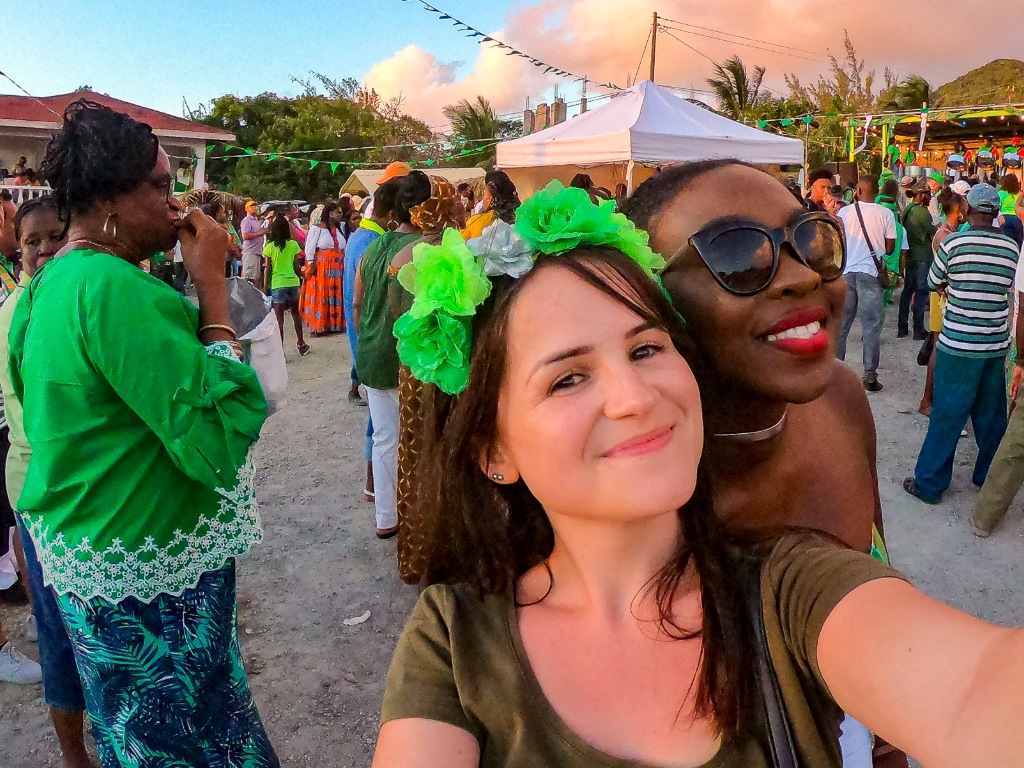
THE OTHER EMERALD ISLE
Part of the Leeward Islands chain, mountainous Montserrat lies around 27 miles southwest of Antigua. The island has been steadily rebuilding its economy after the devastating Soufrière Hills volcano eruptions of the mid-1990s – which left the southern half of the island uninhabitable – and tourists are now slowly beginning to return.
As soon as you drive around the lush landscape, it immediately becomes clear why it’s known as the Emerald Isle of the Caribbean. Thanks to the volcano, the soil is rich and fertile, and all you can see are vivid green hills in every direction, tumbling down towards a ring of black-sand beaches and clear water.
During ‘Green Week’ in the middle of March, the island becomes greener than ever for the St. Patrick’s Day festivities. But why does Montserrat celebrate St. Patrick’s Day in the first place?
It all dates back to an 18th-century slave rebellion.
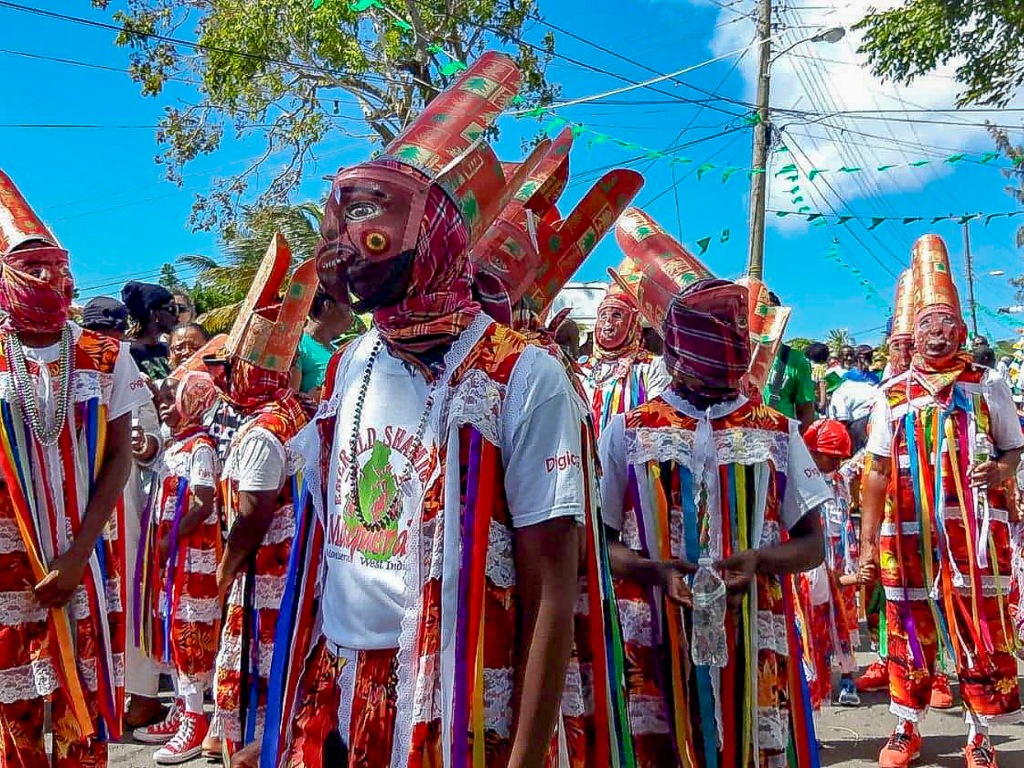
FREEDOM FIGHTERS
Back in the days of slavery Montserrat was mainly inhabited by Irish land owners who brought slaves from West Africa. Of course, they kept their traditions alive even when away from the motherland, so the Irish families would always celebrate St. Patrick’s Day and get drunk and be merry.
On 17th March 1768 a group of slaves took advantage of these festivities to organise a revolt for freedom. Unfortunately, the plan was discovered by the Irish and suppressed, with nine people executed and more than thirty imprisoned and eventually banished from Montserrat. Despite being unsuccessful, the freedom fighters are still commemorated to this day for their efforts and sacrifices. The descendants of those families stayed on the island after the abolition of slavery in 1834 and keep the history of their ancestors close to their hearts.
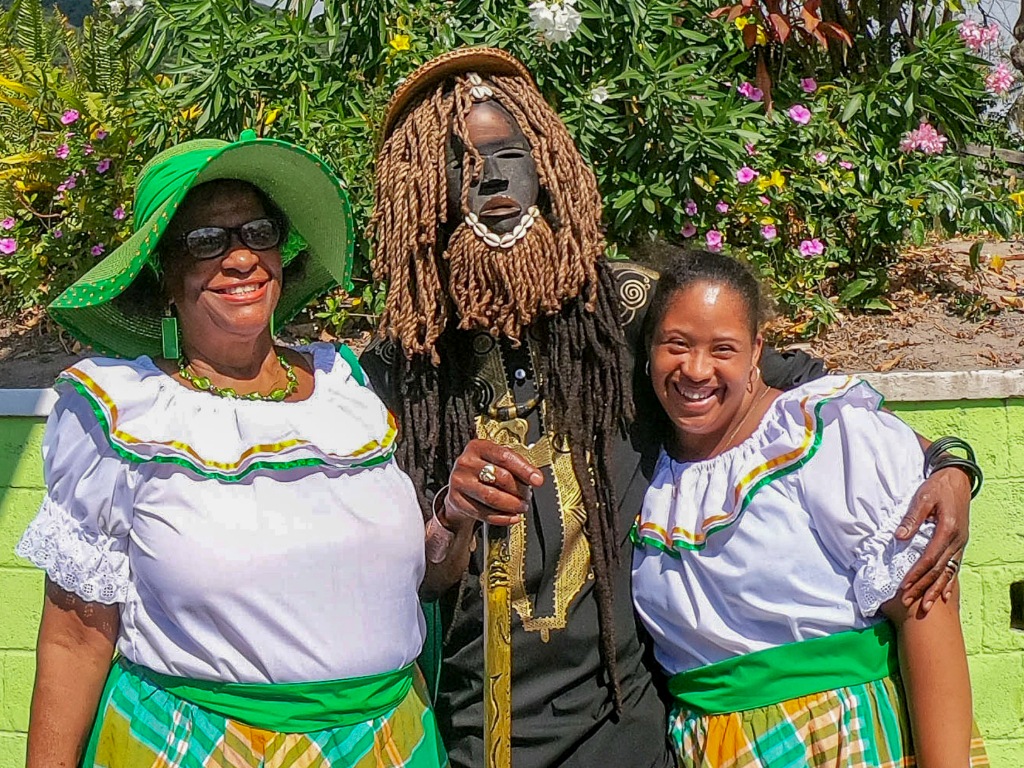
A SENSE OF CAMARADERIE
Shivonne was born and raised in the neighborhood of St. Patrick’s where it all happened, and where the commemorations used to take place every year on the 17th March.
After the catastrophic volcanic eruptions, the southern part of the island was evacuated, including St. Patrick’s. Visits to the ‘exclusion zone’ are severely restricted as the volcano is still active and remains a constant threat. The after effects caused drastic changes to the island and its population, so Shivonne moved away to the UK like a lot of other Montserratians, while the St. Patrick’s Day festival moved to Salem in the north, an area which was largely unaffected.
The essence of the commemoration remains, and it’s still deeply felt by the community – not only by the people who still live here of course, but also by those like Shivonne who regularly make the trip back to the island at this time of year.
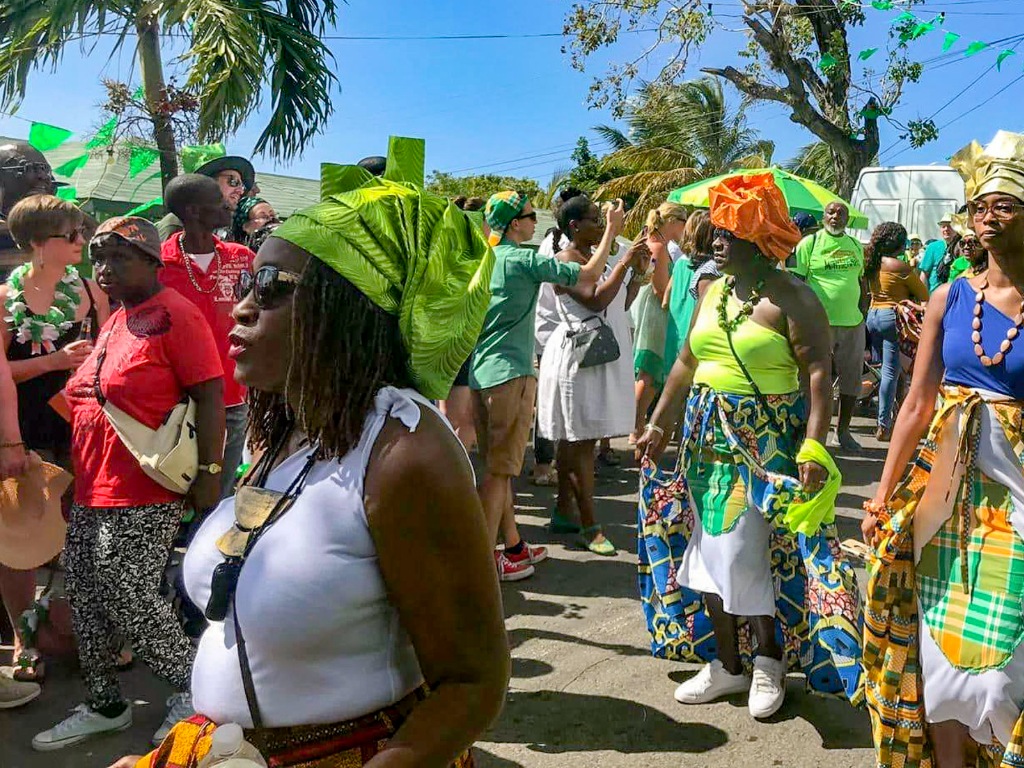
People of all ages are involved in the celebrations. Only 4,500 people currently live on the island, and there’s a heartwarming sense of camaraderie. The week is filled with tours of cultural and historic sites, social hikes, and calypso and soca competitions, as well as an Afro Madras fashion show and even a car race in the restricted area, giving people another excuse to spend time together and enjoy the beautiful nature that is dominant in that part of the island. There are day and night parties, and performances by local and international bands, all culminating in the final day’s main St. Patrick’s event.
The last day starts early, with the 5 am ‘jump up’ (even if in ‘island time’ it’s more like 9 am!). The meeting point is the secondary school, where a DJ on a truck with a huge sound system plays soca music – the most popular genre in this part of the world – followed by hundreds of people jumping, singing and dancing, bringing the ‘fete’ (their term for party) to the roads of Salem. As those raucous celebrations draw to a close, the official St. Patrick’s parade begins.
People of all ages meet up in Salem centre. Some wear traditional clothes made from the national green, orange and white Madras fabric that represents a mix of African and Irish heritage. Others wear the Masquerades, colourful costumes originating from folk rituals, with tall head-gear, ribbons, small mirrors, bells and masks. The ritualistic dances and prominent masks are symbols of war, guardianship and fertility.
There are other groups wearing different traditional dresses from the African heritage, as well as school classes, modern dancers, steel pan performers, drummers and other percussionists. After parading through the roads of Salem, they perform on the stage at the Heritage Village.
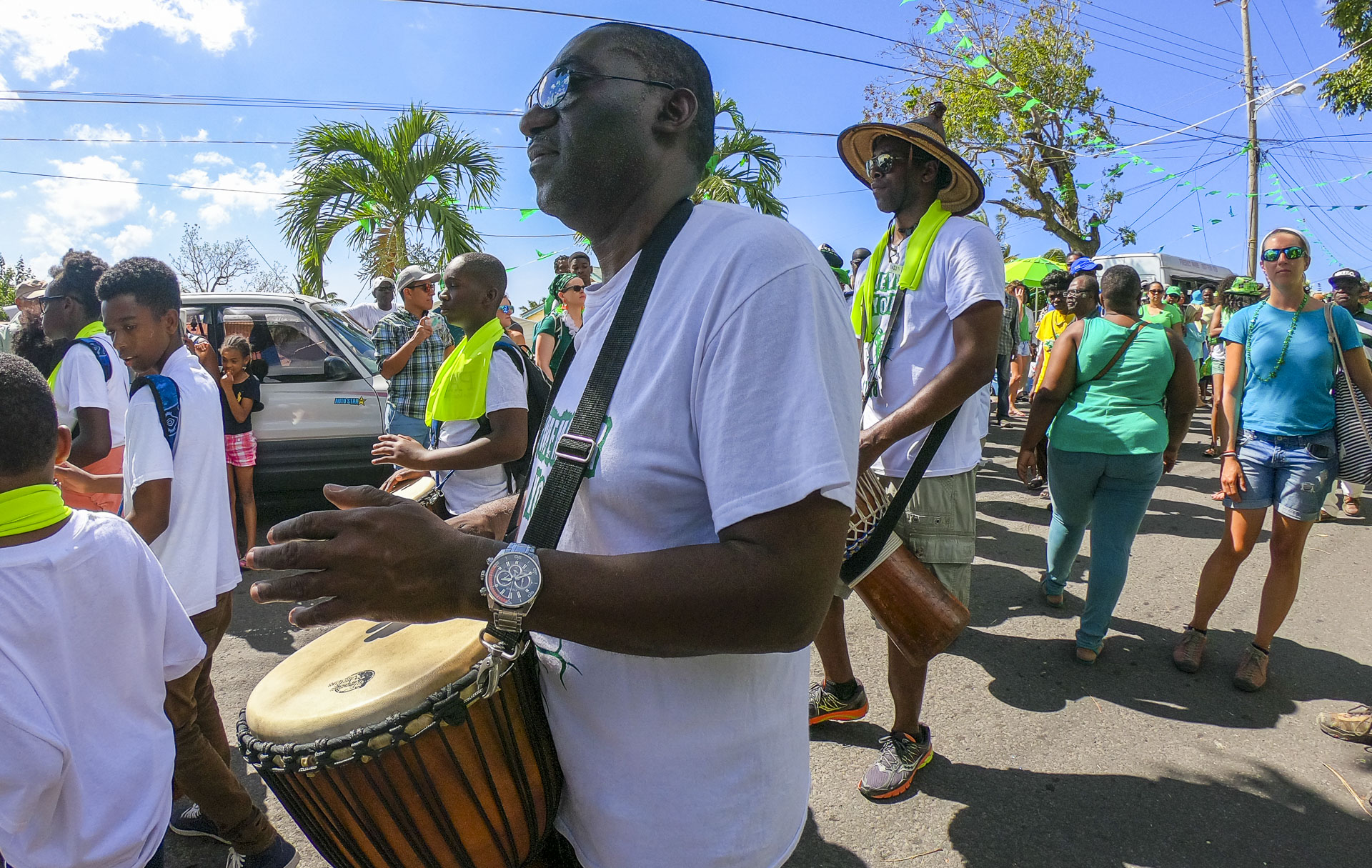
LIMIN AND SOCA
Sound systems line the streets, with people ‘limin’ and dancing to calypso, soca and reggae while enjoying drinks and local street food, in particular Montserrat’s national dish: goat water; a thick goat meat stew served with crusty bread rolls. The day ends with a big concert in Salem Park featuring international artists. This year’s headliner is the soca/pop group Kes the Band from Trinidad and Tobago, who have people dancing until the sun comes up, not wanting the festival to end.
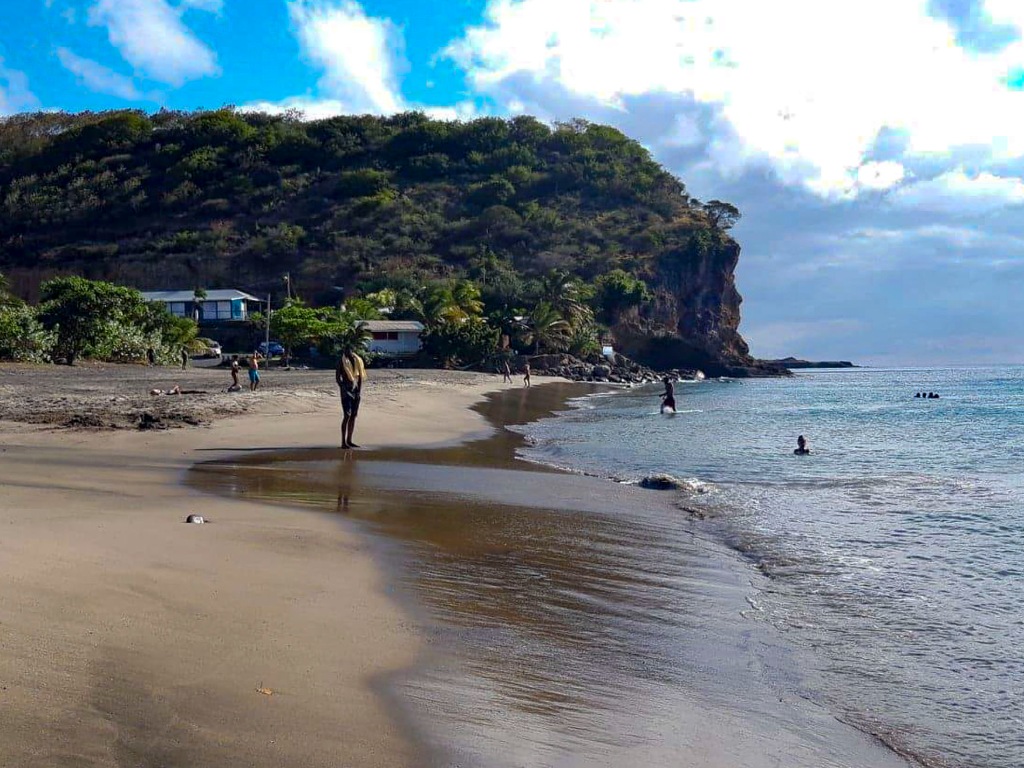
ISLAND LIFE
The whole festival is so authentic and true to its roots. While still being welcoming to visitors from the rest of the world, Montserratians feel no need to adapt it to attract tourists – it’s about culture and island life, and keeping Montserrat’s identity alive for the people who had to leave and settle abroad. Every year, everyone gets together to experience St. Patrick’s Day, so this sense of belonging can be carried on into future generations.
It‘s a unique experience I’m honoured to be part of. Despite living through such difficult circumstances in both past and present times, Montserratians have always had the power and strength to just keep going, valuing their history and people, and cherishing spending quality time together.
On our way to the ferry for the trip back to Antigua, Shivonne makes sure we stop to drink some water at Runaway Ghaut – a deep ravine where fast-flowing rainwater runs into the sea. A nearby sign describes a local legend: ‘If you drink from this burn, to Montserrat you will return’.
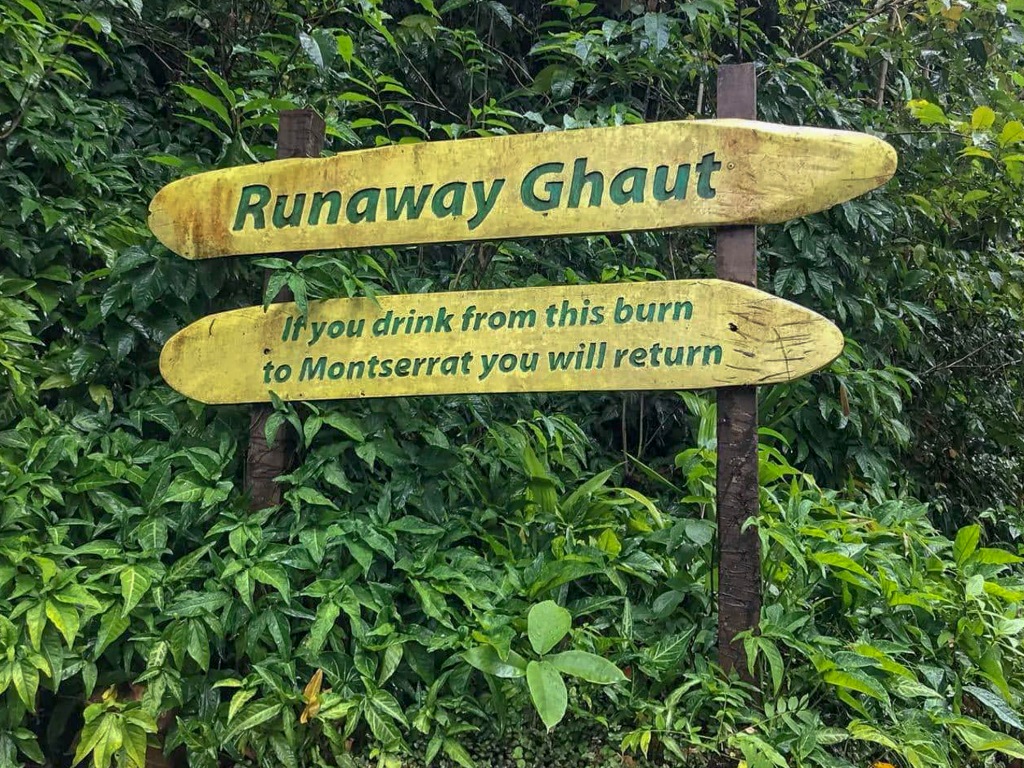
A 90-minute ferry service operates five days a week between Heritage Quay Pier in Antigua and Port Little Bay in Montserrat.
Virgin Atlantic operates direct from London Gatwick.
